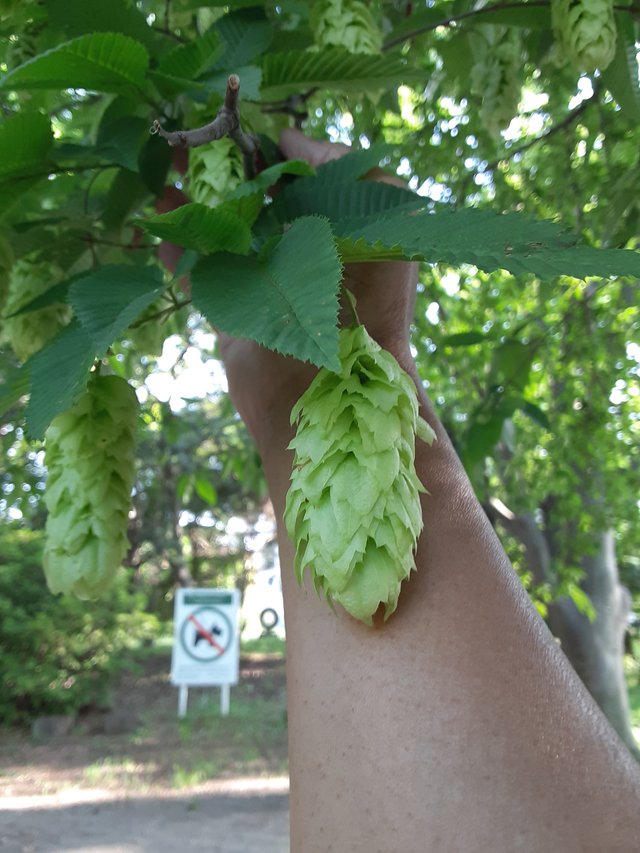The Japanese hornbeam captivates with its dark green, double-serrated leaves showcasing prominent veins and a delightful transformation to golden hues in autumn

Carpinus japonica, commonly known as the Japanese hornbeam, is a deciduous tree admired for its elegant form and captivating leaves. Here's a closer look at its leafy splendor:
Shape and Size: The Japanese hornbeam boasts alternate, simple leaves. These leaves are typically ovate to oblong, meaning they're egg-shaped with a pointed tip, and range in size from 2 to 4.5 inches long and ¾ inch to 1 ¾ inches wide.
Distinctive Veins: A defining characteristic of Carpinus japonica leaves is their prominent venation. The upper surface showcases 20 to 24 pairs of deeply impressed veins, creating a beautiful quilted appearance. This intricate network of veins efficiently transports water and nutrients throughout the leaf.
Double-Serrated Edges: The margins of the leaves are adorned with double serrations. Imagine tiny saw teeth lining the edges, adding a touch of texture and visual interest.
Color Contrast: During the spring and summer months, the upper surface of the leaves is a captivating dark green. This rich color absorbs sunlight efficiently for photosynthesis. The underside offers a delightful contrast, showcasing a paler green hue.
Seasonal Transformation: While the dark green foliage reigns supreme throughout most of the year, autumn brings a subtle transformation. The leaves often transition to a soft yellowish hue, adding a touch of golden charm to the landscape before gracefully falling.
Hairy Touches: Take a closer look at the underside of the leaves, and you might notice a hint of downy hair along the midrib and veins. This slight pubescence could be an adaptation to regulate temperature or deter herbivores.
Beyond their aesthetic appeal, the leaves of Carpinus japonica play a crucial role in the tree's life cycle. Their dark green color maximizes sunlight absorption for photosynthesis, while their intricate vein network ensures efficient transport of nutrients. The fall foliage adds a touch of seasonal beauty to the landscape, and the leaves ultimately decompose to enrich the soil. So, the next time you encounter a Japanese hornbeam, take a moment to appreciate the delicate details of its leaves, a testament to both beauty and function in nature.
Ref.:
 |  |
Upvoted! Thank you for supporting witness @jswit.